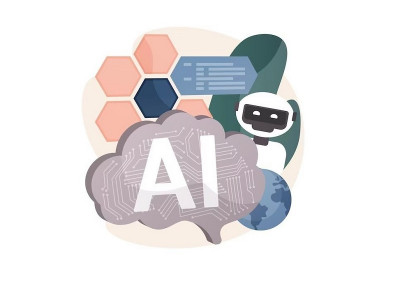Bridging the rising skill gap in the field of Data Analytics
Data growth does not necessarily come from increased utilisation of existing methods, but from new avenues as the number of connected devices expands. The burning question is how can we intelligently use huge volumes of data for business transformation, says Pradipto Chakrabarty, Regional Director, CompTIA India.
Over the past several years, it has become easy to grow numb to statistics showing the amount of digital data being generated. Cisco predicts that by 2019, global IP Traffic will reach 2 zettabytes by 2019 (for reference, 1 zettabyte = 1 billion terabytes).
However, data growth does not necessarily come from increased utilisation of existing methods, but from new avenues as the number of connected devices expands. Consumer devices are playing a primary role in data growth. Also, incremental volume from M2M (Machine to Machine) data through AI and IoT technologies is adding to the growth. The term Big Data has come into vogue due to the shift of analysing structured relational databases to working with huge amount of unstructured database generated from a variety of sources. There was a need to create tools to analyse and interpret such unstructured datasets.
Today, it is not uncommon to see data being described as the currency of the digital economy or the lifeblood of a digital organisation, suggesting a level of importance and value significantly higher than in previous times. As cost of computing continues to drop data driven business models are extremely affordable now. Markets and Markets, a research organization, predicted that Enterprise Data Management, including software and services for migrating, warehousing, integrating and analysing all forms of data will be $105 billion in 2020.
However, one of the major challenges in this area is a rising skill gap. The industry is getting transformed from using SQL (Sequential Query Language) to manage structured relational database to management and analysis of unstructured data. To understand the skills required in Big Data, we need to apprehend the three stages of data analytics: Collection and storage; Processing and organising; and finally, analysis and visualisation.
Since data analytics and management is comparatively an older stream within the tech world compared to Artificial Intelligence, Cloud and IoT, the industry has some understanding of the skills that are required. However, the requirements of now and future will rest more on the analytics part. The burning question is how can we intelligently use huge volumes of data for business transformation, including incremental revenues, cutting costs, improved decision making and targeted marketing. Therefore, most of the skill gap around data management now lie on Real Time Analytics, Predictive modelling, data security, distributed storage and data mining.
A typical data centric workforce framework and skill requirement would include the following:
- Data Interpretation and visualisation, with job roles such as Data Analytics and Business Intelligence. In this domain, the skill requirement will be focused on learning the tools for data analytics and warehousing such as Netezza, MicroStrategy, SAS and Tableau.
- Data Management and Processing with job roles such as database administration, development, data integration and data lifecycle management. IT professionals in this domain need to work on database software and platforms such as Microsoft, Oracle, Cloudera and Hadoop.
- Data Infrastructure, which is the system behind data management, includes job roles in data storage, data center management, business continuity and data security. The best way foray into this domain would be to undergo a vendor neutral program in data security, server technology and cloud computing from CompTIA along with vendor specific programs such as CISCO, EMC and VMWare.














Share
Facebook
YouTube
Tweet
Twitter
LinkedIn